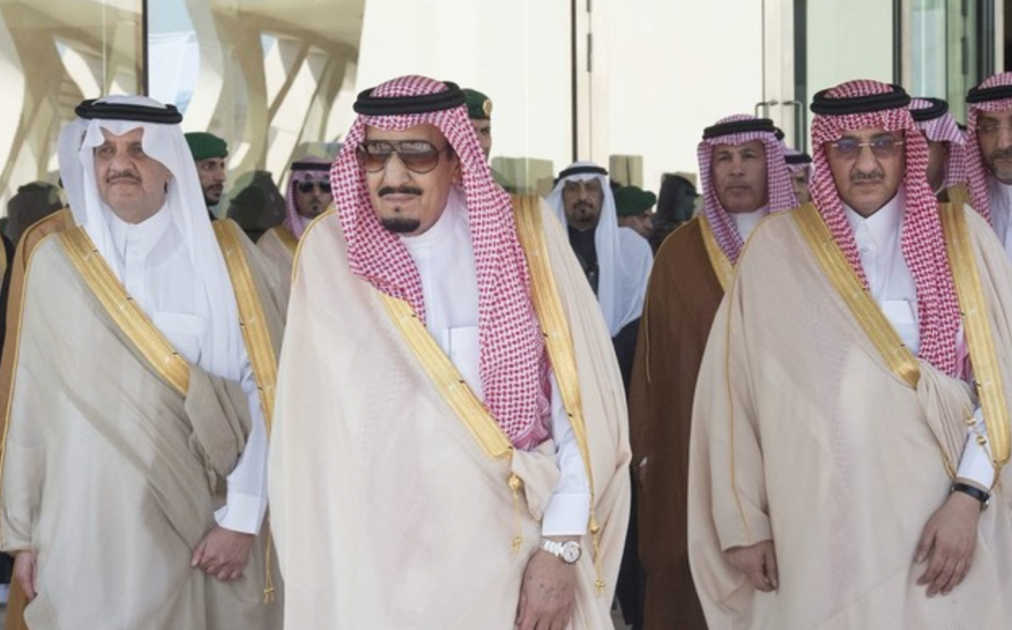
King opens $160b oil facilities, cultural landmark
Custodian of the Two Holy Mosques King Salman on Thursday launched a number of giant oil projects, worth a total of SR160 billion, belonging to Saudi Aramco at a colorful ceremony held at the company’s headquarters in Dhahran. He also inaugurated the King Abdulaziz Center for World Culture or Ithra, a stunning addition to the skyline of the Eastern Province.
Upon arrival at the Oil Supply Planning and Scheduling (OSPAS) Center of Saudi Aramco in Dhahran, the King was received by Prince Saud Bin Naif, emir of the Eastern Province; Prince Faisal Bin Turki, adviser at Ministry of Energy, Industry and Mineral Resources; Minister of Energy, Industry and Mineral Resources Khalid Al-Faleh, and Saudi Aramco’s President and CEO Amin Al-Nasser.
Speaking on the occasion, Aramco Chief Amin Al-Nasser explained the pivotal role being played by the oil giant in the Kingdom’s growth, development and prosperity. He said the company employs more than 66,000 people, half of whom young Saudis who are building the future Aramco.
The King watched a video presentation on the history of Saudi Aramco. Then, a group of young Saudis presented crystal stones to the King, symbolizing each of the new projects. The King launched the mega oil projects with lifting the joystick for energy to flow from various production plants with a total production capacity about 3 million barrels per day.
The King then interacted through video conferencing with a group of young Saudi employees at each of the newly opened facilities — Manifa oild field, the Wasit Gas Plant, Khurais oil field, and Shaybah oil field and liquefied gas plants in Empty Quarter (Rub Al-Khali).
King Salman later moved to the headquarters of King Abdulaziz Center for World Culture where he was received by Crown Prince Muhammad Bin Naif, deputy premier and minister of interior. The King watched a collection of photos of King Abdul Aziz and a replica of the center.
Saudi Aramco chose to build the center near the Prosperity Well, the Kingdom’s first commercial oil well, signaling the center’s objective of developing an even greater source of wealth: creative energy that feeds innovation and, eventually, transformation.
The King also inaugurated an exhibition titled “Trade Routes in the Arabian Peninsula: Archeological Masterpieces of the Kingdom of Saudi Arabia through the Ages”, which was organized by the Saudi Commission for Tourism and National Heritage (SCTH).
Speaking on the occasion, Prince Sultan Bin Salman, president of SCTH, said more than 3 million people visited the exhibition in its previous editions at museums in four European and five American cities earlier.
The King also approved launching of the Asian tour of the exhibition, which will begin in Beijing on Dec. 20 and then travel to Korea and Japan.
Al-Faleh explained the features of King Abdulaziz Center for World Culture, saying that this unique cultural landmark is an extension of Saudi Aramco’s corporate vision and a continuation of its work to create a knowledge society.

























